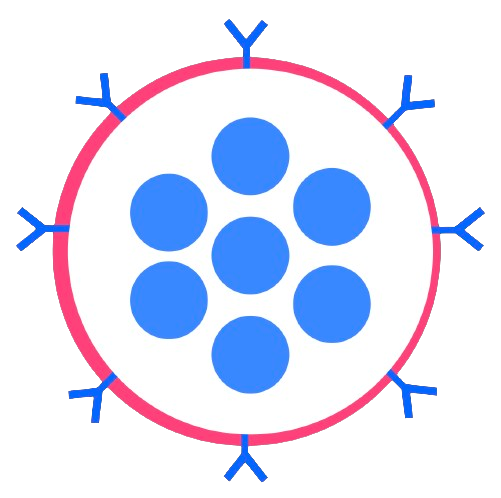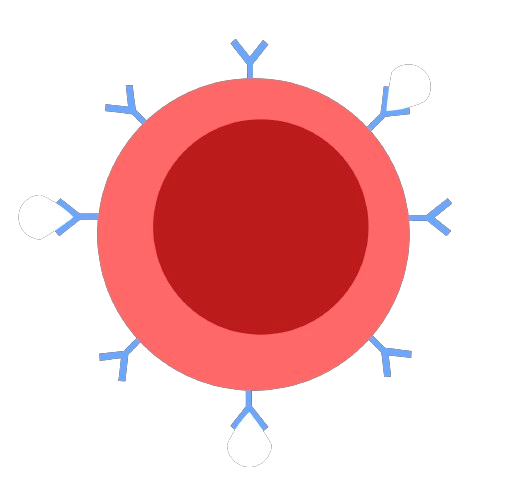Preciseness
HA has a natural affinity to the tumour cell protein CD44, preventing side effects and targeting delivery and release.
The most common and aggressive brain cancer.
A safe and precise drug delivery solution
to improve patient survival rate for glioblastoma.
Via a small syringe into the vertebral arteries.
With RBC hitchhiking & CD44 antibodies.
Triggered by the acidic environment of tumours.
Biodegrades programatically into sugar.

Our nanogel is made through reverse microemulsion crosslinking and uses 1,4-butanediol diglycidyl ether (BDDE) as our crosslinking agent, which is FDA approved. Finally, we conjugate polyethylene glycol in PEGylation.
A biodegradable, accurate, and non-invasive detection system
to combat tumour recurrence with improved imaging and early detection.
PLGA biosensors bind to RBCs ex vivo, forming an RBC-biosensor complex.
Injection into vertebral arteries then crosses the BBB and the sensor is released.
Tumours trigger the production of H₂0₂ which can be easily detected with Cy7.
Biodegrade naturally into non-toxic metabolites after 1-2 years.

The sensor is made by emulsification-solvent evaporation (or nanoprecipitation) to form the PLGA core, the enzyme and Cy7 are encapsulated during nanoparticle formation. Finally, conjugate the CD47 antibodies onto the surface for RBC hitchhiking.
The main benefits of our HA-Nanogels in comparison to
traditional treatment and other microdevices.
HA has a natural affinity to the tumour cell protein CD44, preventing side effects and targeting delivery and release.
RBC hitchhiking eases delivery, and HA nanogels are soft, stimuli-responsive, and biodegrade into sugar in a couple of days.
Nanogels can incorporate 30% of their weight in numerous different biological molecules and drugs, which is unusually high.
© Sanavo 2024